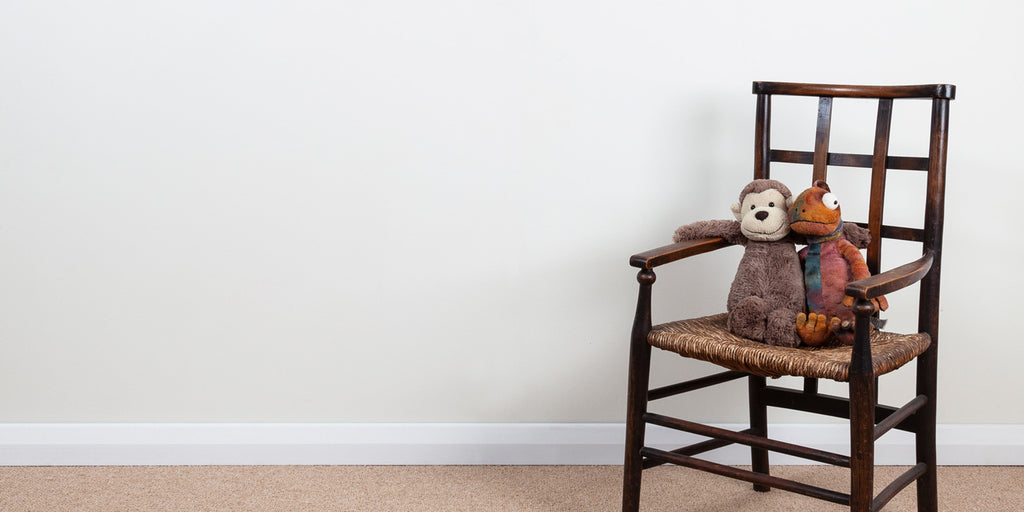The way in which a wall is prepared and paint applied can be just as important in achieving a smooth, desirable finish as the type of paint and choice of colour itself. To ensure that an attractive, appealing paint finish is successfully achieved follow these simple hints and tips.
The basics - move furniture and lay dust sheets
Ensure that the room to be painted is clear of furniture and any obstructions. Use cotton dust sheets to cover and protect floors from dust and any spurious drops of paint.


Preparation is key
Preparation is essential to ensure a high quality paint finish is achieved. Follow these simple steps for fault-free preparation:
- carefully inspect walls for cracks, holes, dents or other surface imperfections
- fill and repair any holes or imperfections with a fine filling compound
- allow the repaired areas to dry completely.
- use very fine-grit sandpaper or a sanding sponge to smooth the repaired areas.
Clean the wall
It can be tempting to skip this step, and get on with applying paint, but without removing surface dirt and dust particles, the likelihood of the pain failing to completely bond with the wall surface is increased.
- clean the walls with a sponge and sugar soap
- allow the wall to dry
- use a duster to wipe the walls clean of any remaining dust
A thoroughly clean, dry wall surface is essential to ensure that the paint adheres evenly and directly to the wall surface.


Applying paint - Cutting in
‘Cutting in’ means that you use a paint brush to paint areas too tight for rollers and if done properly by following these few simple tips, you’ll be able to stand back and admire your handy work.
Cutting in is best done before you start painting the larger area with a roller. That way you have blank canvas to be able to start with, and the rolling with be easier as you have a paint edge to work to instead of just guessing.
It’s very important not to miss this step, so see our helpful guide to cutting in here.
Applying paint - Rolling on
With a fully loaded roller, work from top to bottom in small, manageable 1m x 1m areas, and from one side of the wall to the other. Roll back and forth across the wall in a series of 'V' or 'W' shape strokes until the section is covered. Each section should be blended in with the previous section.
Before reloading the roller and moving to the next section, roll over the area just painted in a smooth, continuous stroke from top to bottom without picking up the roller. These smoothing strokes even the coat and help to cover up lines and paint roller tracks.


Additional coats
To ensure optimum results in colour consistency and finish quality, further coats of paint may be needed. Allow any additional coats to dry completely before the next cost is applied
Employing these simple steps should ensure the finished painted wall is smooth, consistent and durable.


